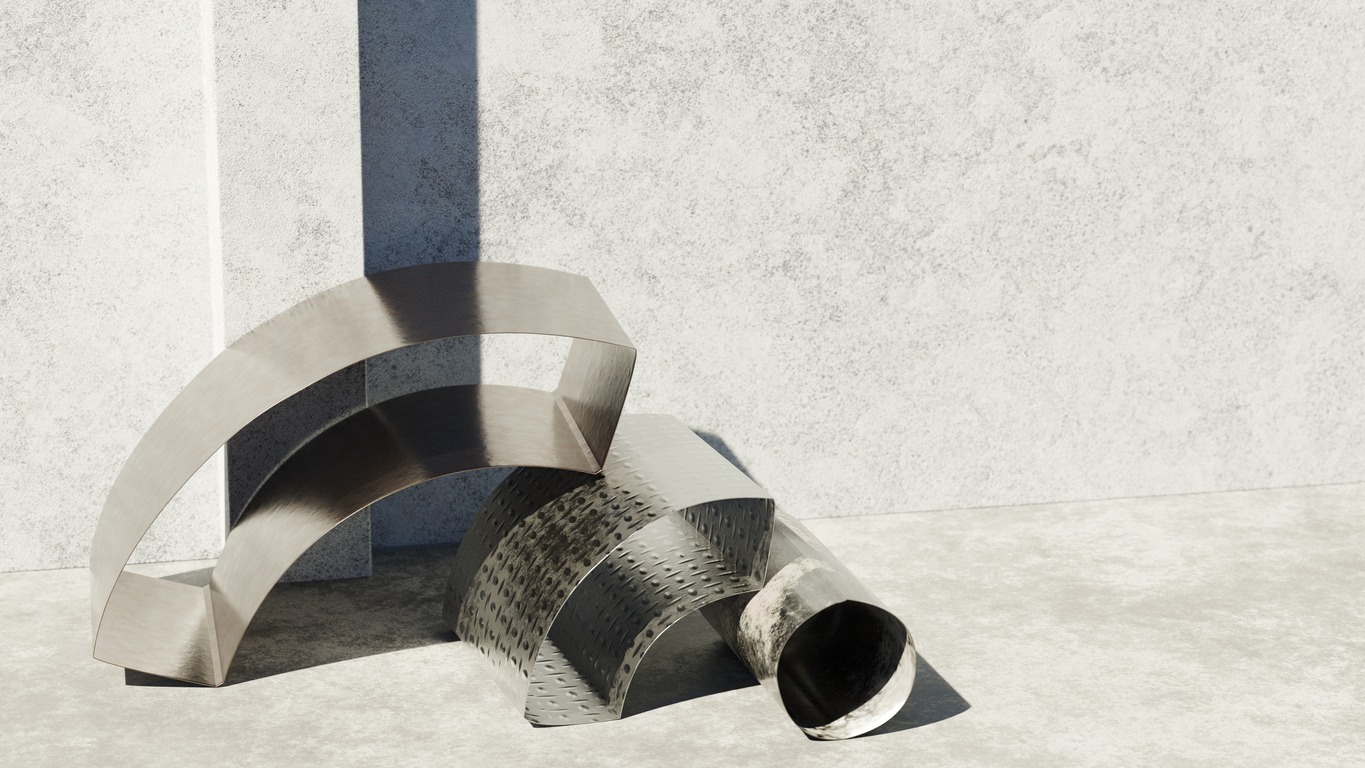Many new sheet metal fabricators find joining sheet metal without welding intimidating and frustrating, especially when working on a large or complex piece. Often the wrong kind of heat, too long of heat exposure, or using an angle grinder for more than a few seconds can cause warping and severe damage to your metal shaping tool.
1. Use heat carefully
Heat is excellent for removing stress from a bend, but if you put too much heat into the metal, you can compromise its strength and durability. If you do not understand how your metal will react to heat, err on the side of caution and use less. When in doubt, try to remove a bend using a hammer before resorting to heating. Do not let it sit in the oven to remove every bit of stress or cool it down entirely (meaning don’t soak it). Heat only long enough for the turn to relax. If you need further bending, repeat these steps with fresh material.
2. Use the wrong heat
Most of the equipment we use to shape metal is not designed for that purpose. If you use a torch to affect the metal or try to shape it with a torch, it will most likely warp during your work. In some cases, using vacuum or hydraulics can make this even worse. Our bender and flattener are not threaded and can be used without causing warping in milder applications. For sheet metal bending, consider using a 10″ tool I-beam with no threads that have been appropriately hardened to withstand the stress of sheet metal application and shaping.
3. Learn to cut
Use your bender saw to cut the sheet metal around welded areas or places where you need a clean cut. If you are using heat, reheat the metal before each cut. Heat is the enemy of sheet metal.
4. Correct tooling is key
Getting a bend right takes patience and practice. Work from one end of the material to the other for more significant angles and minor turns; results from one end of the sheet across and then down on your piece to finish. These metal sheets are tough to heat and shape, but they can be done without the risk of warping and breaking while you are shaping. Do not use a torch to shape any part more than 6mm in thickness (1/4″).
5. Insulate your sheet metal
A sheet of steel bent over a heating element will usually warp during your work. To minimize this effect, always work on your piece from one end to the other and apply heat slowly. It would help if you never exposed such a piece of metal to the complete temperature of a heating element for more than a few seconds or, at most, several hours at ambient temperature (75-80 degrees). Always keep your pieces in cold storage after you finish them for extended periods or until the next day to allow time to cool before working on them again.
6. Use a short section instead of the whole sheet
If you are bending sheet metal that is more than 6mm thick (1/4″), you will most likely require using two tools at once. One tool is your bender, and the second is a chucking block with another length of sheet metal or an I-beam like the above. You will have to take longer to complete your bends because you must use both sides of your piece. Yet, you are trading long heat exposure times for various other benefits, including faster work speeds, less surface fatigue, and minor damage when using a torch for shaping.
7. Avoid welding
When working with sheet metal, always use a process that is non-destructive to your piece. Welding is not a good option here because the heat of the welding process tends to warp the metal. A better option is to use either a bender or a horizontal milling machine with a very sharp tool like an end mill (1/2″ or 3/16″) to cut around the welded area. You can also use a circular saw, but take care not to use too much pressure since overheating and warping the sheet metal through heat distortion can result if done in this fashion.
When you put all these tips together, you can successfully do sheet metal fabrication without welding. If your job is more significant or complex and requires higher heat ranges, contact a professional who can offer the solutions needed for your needs.


